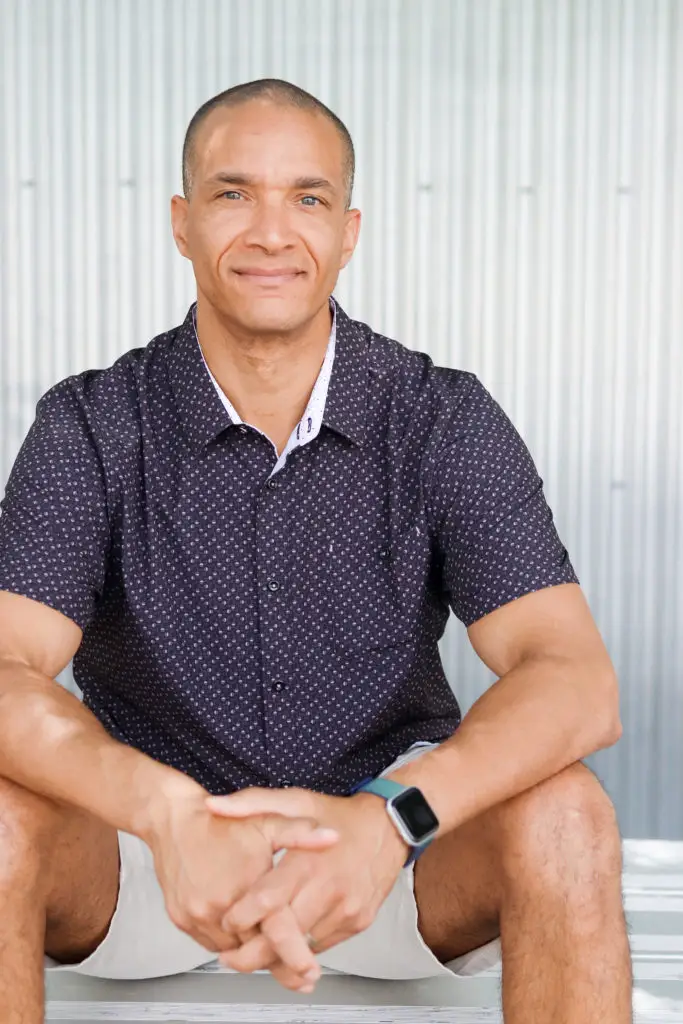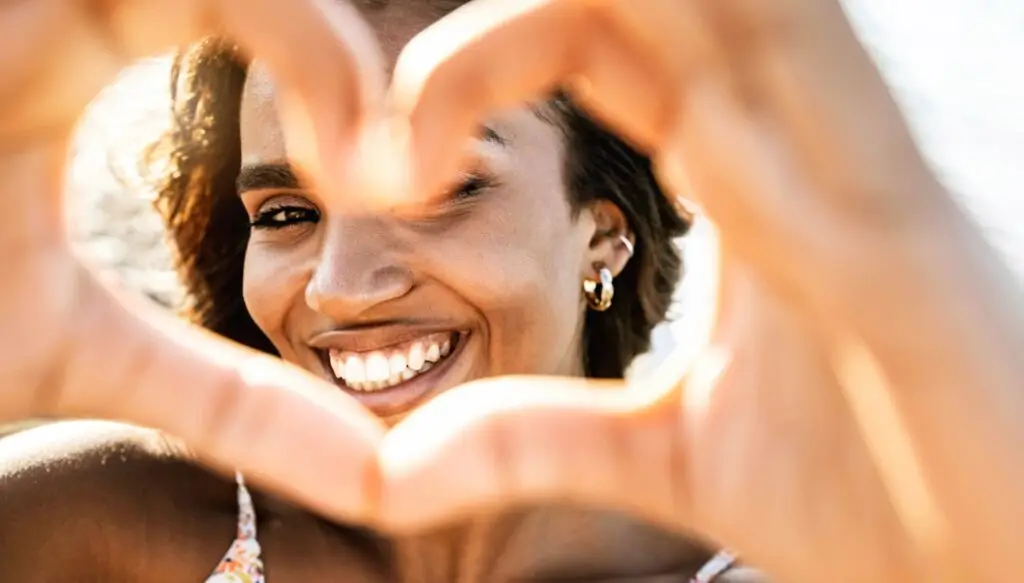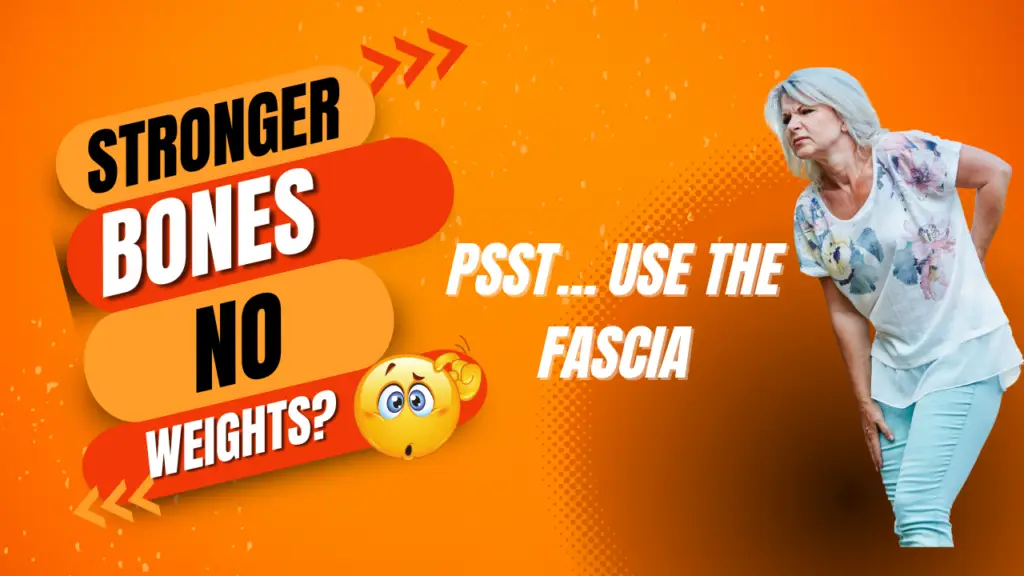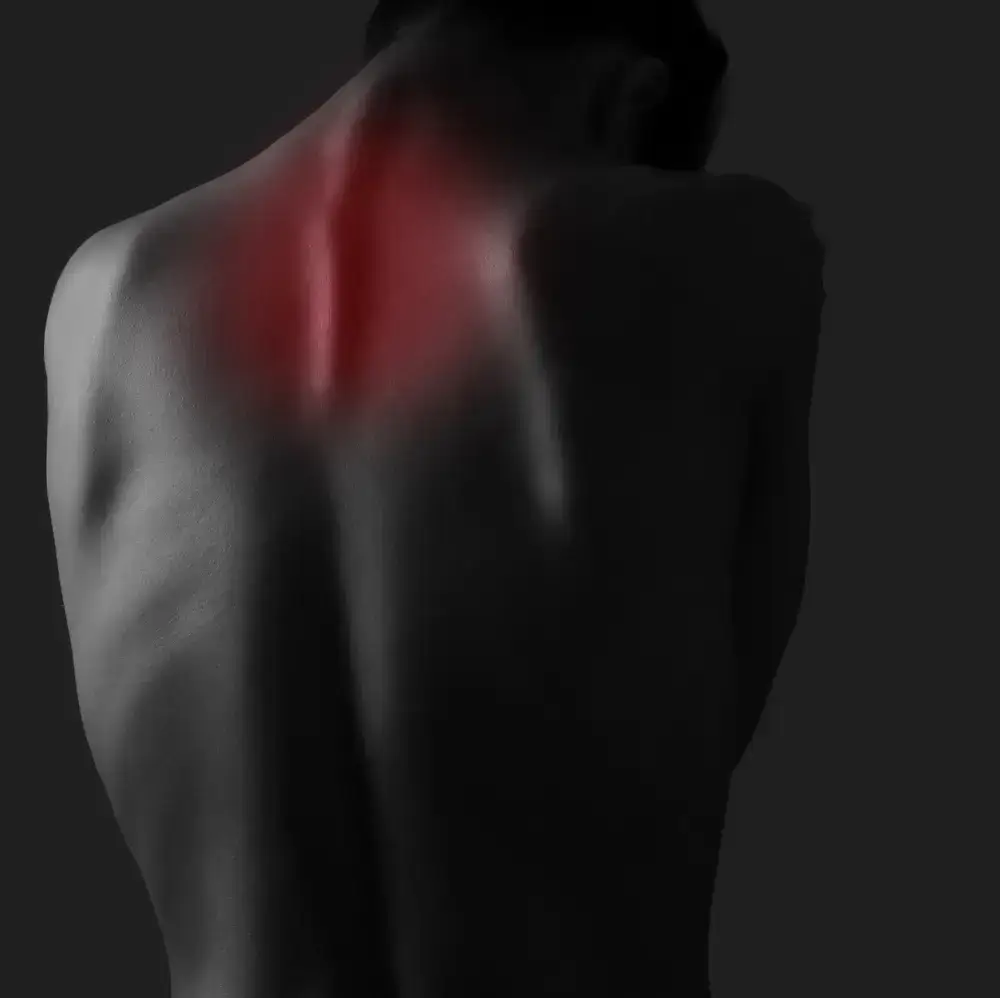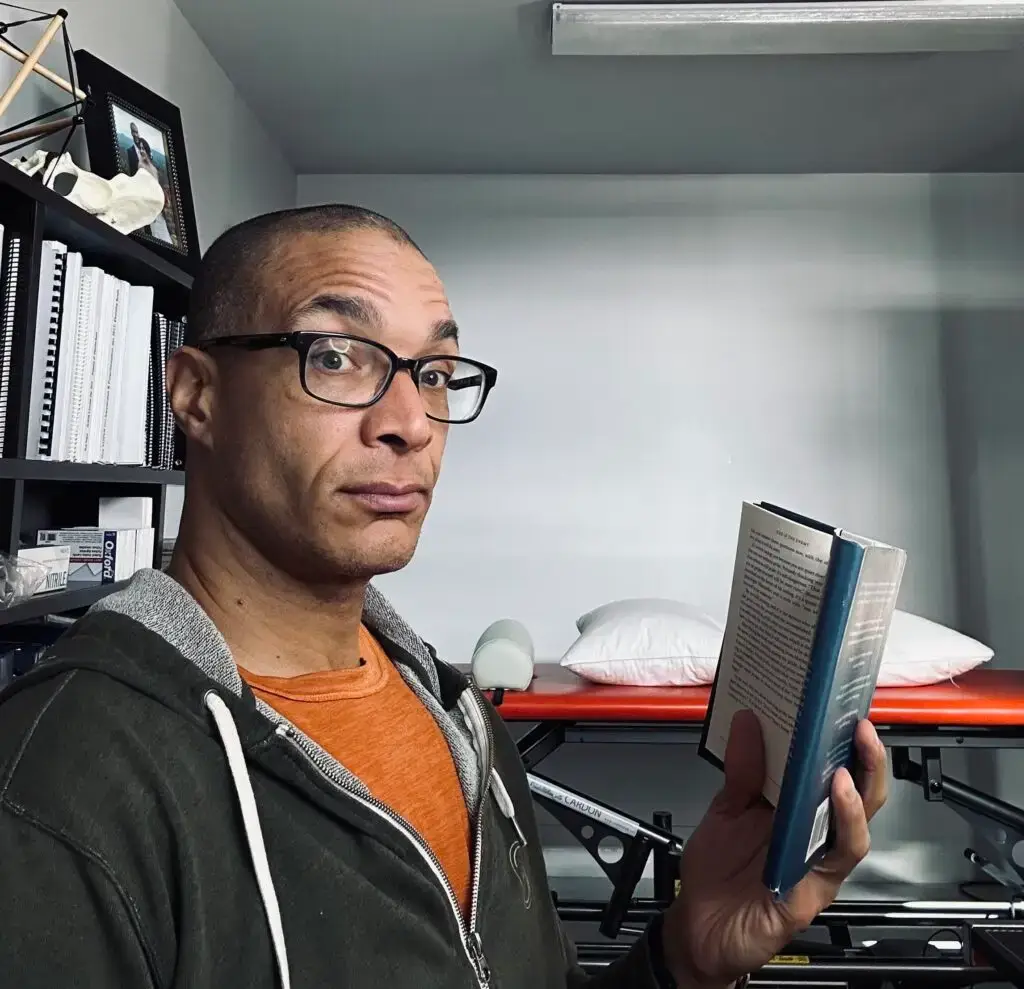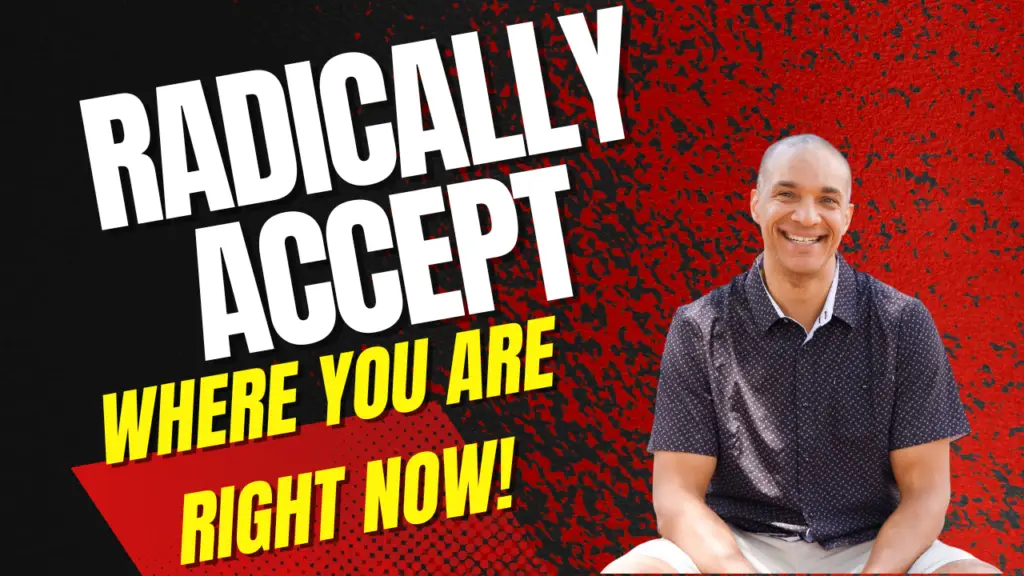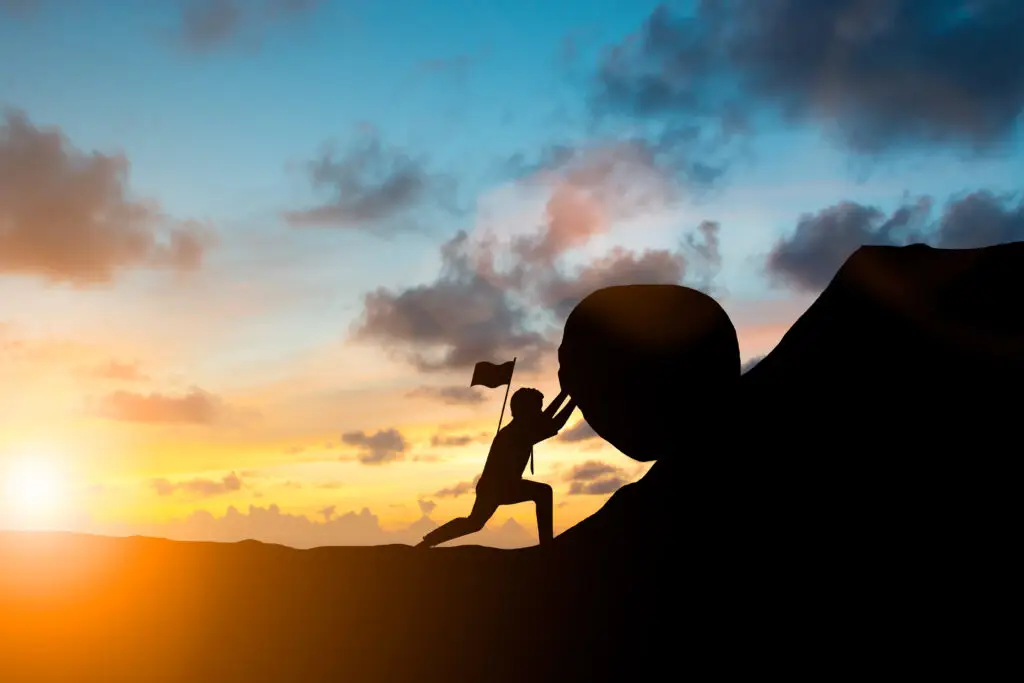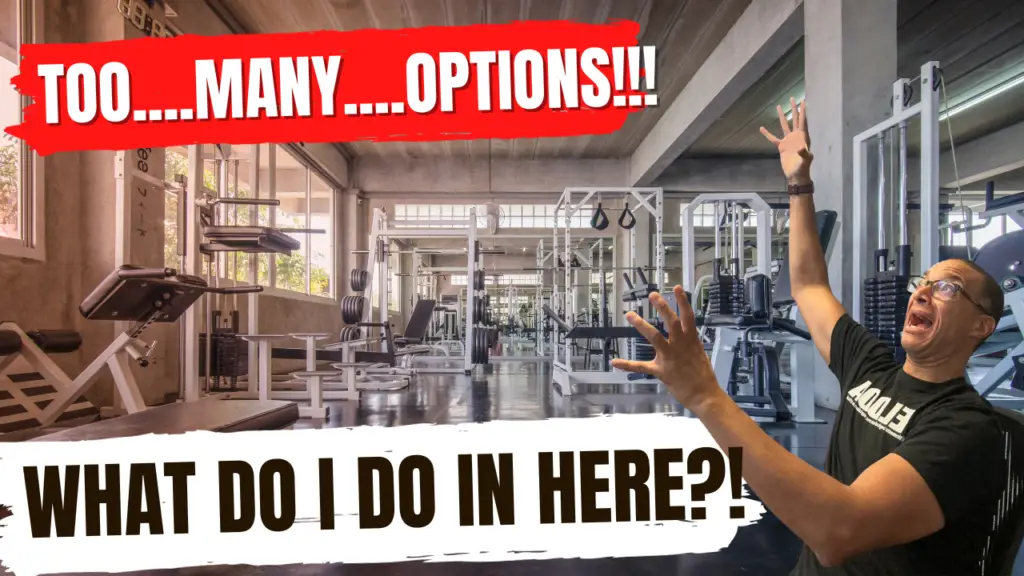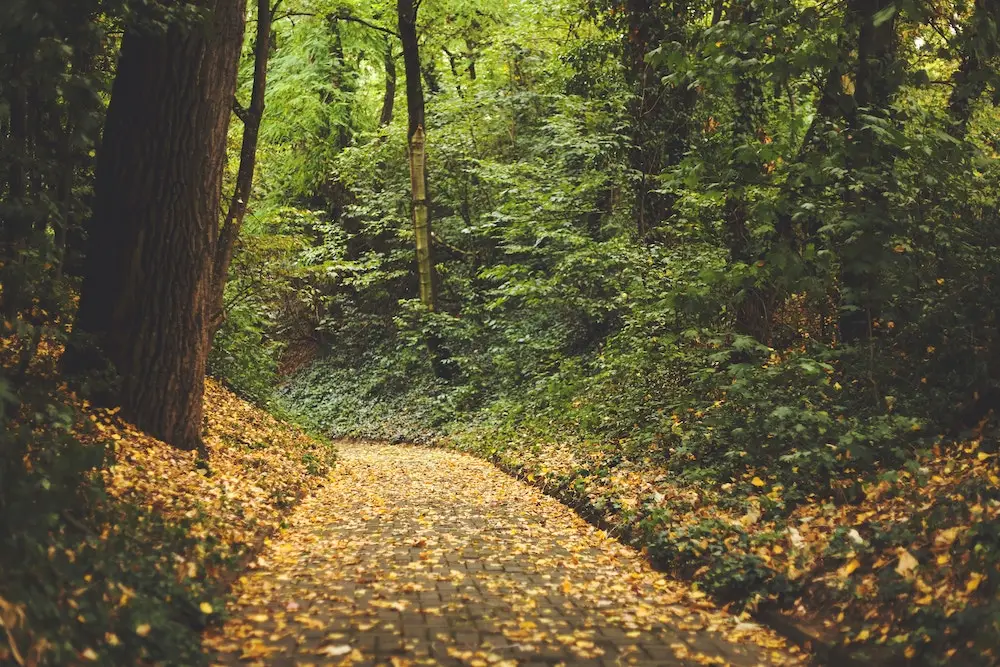
“𝑇𝑜 𝑒𝑣𝑒𝑟𝑦𝑡ℎ𝑖𝑛𝑔 𝑡𝑢𝑟𝑛, 𝑡𝑢𝑟𝑛, 𝑡𝑢𝑟𝑛… 𝑇ℎ𝑒𝑟𝑒 𝑖𝑠 𝑎 𝑠𝑒𝑎𝑠𝑜𝑛, 𝑡𝑢𝑟𝑛, 𝑡𝑢𝑟𝑛, 𝑡𝑢𝑟𝑛… 𝐴𝑛𝑑 𝑎 𝑡𝑖𝑚𝑒 𝑡𝑜 𝑒𝑣𝑒𝑟𝑦 𝑝𝑢𝑟𝑝𝑜𝑠𝑒 𝑢𝑛𝑑𝑒𝑟 ℎ𝑒𝑎𝑣𝑒𝑛.”
This message has been passed down through centuries—from scripture to song—reminding us of one undeniable truth: change is inevitable.
When we face change in life, it can arrive without warning or emerge from choices we’ve made. But no matter how it comes, resisting it only leads to stress. Embracing change is a more grounded and sustainable approach.
Let’s flip the script.
What if you saw change like the seasons? Predictable in rhythm, rich in meaning, and always in motion.
Spring brings growth. Summer surges with energy. Fall invites reflection. Winter offers restoration.
Nature thrives on change—and so can we.
Change Is Natural, Just Like Movement
Your body, like nature, is designed for change and motion. Whether you’re building strength, healing, or adjusting your habits, the internal seasons of your body are always shifting.
If you’re not mentally and emotionally grounded, that constant flux can make you feel off balance—like life is happening to you.
But when you’re rooted in awareness, embracing change becomes a powerful strategy for health and happiness.
At SolCore Fitness, we build programs that reflect this natural rhythm. Training and therapy are not static—they evolve with your body’s needs.
Let Change Fuel Your Growth
If you learn to move with life’s seasons, you’ll find space to reflect, adapt, and grow. You’ll be less likely to fall into victimhood and more likely to respond from a place of confidence and trust.
- Feel gratitude for what’s passing
- Get curious about what’s coming
- Accept what is, while shaping what’s next
It’s a mindset that supports everything from physical transformation to emotional resilience.
Embrace change with love, humility, and clarity.
Let life’s rhythm guide you—because you’re not here to resist the seasons.
You’re here to move with them.
Building a foundation for a better life.
Find out more @

